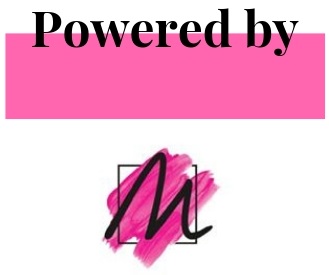Young-adult author Adam Silvera didn’t read a book about a queer teen until he was 19. It was Cassandra Clare’s “City of Bones,” and the fantasy novel surprised him.
“The only time I ever expected to see a book with queer characters was in a coming-out story,” he explained. “It was a happy surprise. And I bought way more into the romance between a demon hunter and a warlock than I did the rest of the plot. It’s what got me to read three 500-page books in a week.”
Since “City of Bones,” which published 10 years ago, authors like Silvera have made young adult novels a place where queer love stories feel mainstream rather than an exception to the rule.
And they’re about far more than coming out. The new generation of LGBT young-adult literature has room for romance, inclusion and happily-ever-after.
In Audrey Coulthurst’s “Of Fire and Stars,” (Balzer + Bray) two princesses fall in love and find their romance forbidden not because they are both women but because of royal court politics. Princess Denna is meant to marry the crown prince of a fellow kingdom – only to fall for his sister instead.
“It was the book I wish had existed when I was a teen,” Coulthurst said. “I read tons of fantasy as a teen and I saw secondary characters who woke me up, but I was almost 30 before I read a book that had a queer female lead that fell in love with another girl.”
Anna-Marie McLemore, author of the new “Wild Beauty,” (Macmillan/ Holtzbrinck Publishers), agrees that fantasy YA has allowed for more inclusion, for readers to see themselves on the page. “It was incredibly freeing to me, to realize I was writing queer and trans characters in worlds that have magic. It was like, I can write about identity, but also about magic and let LGBTQ into that world,” she says. “I was so excited to write about these queer Latina girls in ball gowns in gardens, and we belong there, even if we didn’t see ourselves there growing up.”
In the whip-smart “Gentleman’s Guide to Vice and Virtue,” (Katherine Tegen Books), Mackenzi Lee aimed to showcase an authentically positive representation of queer identity in centuries past. “I wanted so badly with this book to say to queer teenagers: ‘You have always existed even before there were words or vocabulary or acceptance,’” Lee said. “I wanted them to know they not only existed, but they thrived and had fulfilled romantic and sexual lives with people they loved.”
Lee cited 19th-century lesbian diarist Anne Lister and the work of historian Rachel Hope Cleves as points of reference. “I did a lot of research into the queer subculture of the 1700s and tried to look into individual queer historical experiences,” she continued. “I wanted them to see that variability in history. It wasn’t just, (BEGIN ITAL)It was the 1700s and being queer sucked no matter what(END ITAL).”
These authors note, though, that inclusion in YA literature is a work in progress. “It’s been really good, these past five to 10 years. Most of the stories [before] were about coming out and being ostracized or getting killed and having the point of view be from a friend, learning life lessons about their death,” Coulthurst said. “There’s room to grow, of course. We’re not seeing enough queer people of colour or enough with ability levels. There’s a lot of opportunity for more intersectional perspectives.”
As authors get more comfortable exploring LGBT storylines, the coming-out tale isn’t disappearing. “I think we’ll always need, for the foreseeable future, both types of stories,” Silvera added. “While I’ve been so happy being able to live an out life, I think a lot about teens who aren’t able to be out right now, and I want to write for them.”





